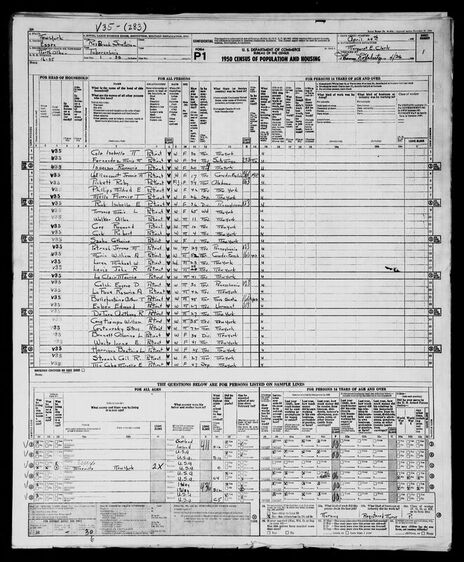 Did you know that the 1950 census is now available to the public and searchable online?! Census records are one of the tools we use to help locate tuberculosis patients and important local residents throughout history, so we're very excited and grateful to explore this awesome resource! Check out the National Archives' website for the census for tips on how to search for your family members. We've already found some matches for research requests! This page shows patients at the New York State Hospital at Ray Brook, for example. Find an exciting match, or need some help looking for someone who lived or cured in Saranac Lake? Drop us a line!
10 Comments
In honor of World TB Day and Tuberculosis Thursday, we are proud to share the news about an important collection now available to browse in our online collections database. The Florence Wright Tuberculosis Postcard Collection provides an intimate look at the lives of the TB patients who came to Saranac Lake in search of a cure between the 1880s and 1950s. The first half of this 130+ card collection has been cataloged, transcribed, and digitized, and is now available to browse for free on our PastPerfect Online Collections Database.
Patients were often only allowed to write a single postcard a day in order to maintain their strength, so these cards contain intensely personal news about their physical and mental health. These cards report on accommodations, weight gain, activities, relationships, and even deaths. They contain messages of hope, excitement, sadness, and of course, loneliness, like this 1906 card with the simple message, "Rather lonesome." The Florence Wright Tuberculosis Postcard Collection is a passion project assembled by Florence Wright over more than 20 years, and donated to Historic Saranac Lake in 2021! Florence became an avid stamp and Christmas Seal collector in retirement, and started to notice these missives from TB patients and their families at stamp shows. She began collecting cards that showed TB sanatoria and cure cottages, especially ones with messages relating to TB treatment. We are so grateful to Florence for her thoughtful donation to our organization, and hope that you learn as much as we have by exploring them. The second half of the collection should be completed and up online by the end of next week! Have a question about our collections or our online database? Send us a message on social media or email us! [Front side of postcard showing village of Saranac Lake with message, "Rather lonesome" written at bottom, 1906. Historic Saranac Lake Collection, 2021.3.24. Courtesy of the Florence Wright Tuberculosis Postcard Collection.] Dear Friends, As we follow the terrible current events in Eastern Europe, we learn a bit more each day about the history, the geography, and the people of Ukraine. Recently, a package arrived at the museum that brought the news closer to home. Inside were the personal effects of one of the greatest musical composers in human history. The box contained bow ties, a vest, glasses, and a pair of concert shoes stuffed with newspaper dating to 1942. These are the clothes Béla Bartók wore to performances in Europe back before WWII. Bartók came to Saranac Lake 80 years ago. He spent the last three summers of his life in the village, seeking respite from leukemia. Here, working in humble surroundings with little money and no piano, he found the tranquility to compose some of his greatest works, including the Concerto for Orchestra and the Third Piano Concerto. A tiny, eccentric, brilliant man, Bartók was not interested in fame or fortune. His music can feel inaccessible to people who aren’t trained musicians or familiar with folk songs of Eastern Europe. His story can seem as distant and as foreign as his music. But lifting his little shoes out of the box, it’s like he walked right into the present day. Back in the 1940s, Saranac Lakers didn’t pay the great composer much notice. Not only were international visitors commonplace during the tuberculosis years, but the events of WWII were grabbing all the headlines. As more and more young men went off to war, families followed the news overseas, charting the advance of troops on maps, learning the names of far away places they had never known before. The War felt intensely personal to Bartók. From here in Saranac Lake, he worried for the safety of his eldest son who had remained in Budapest. He feared for his second son, who was serving in the Pacific in the U.S. Navy. Having lived during WWI and the Russian Revolution, the composer was acutely aware of the horror of war and its tendency to transcend borders. Bartók’s personal history moved between many present-day European countries. He was born in 1881 in the town of Nagyszentmiklós, Hungary (now Romania). After his father’s sudden death, the family lived for a time in Nagyszőlős (present-day Vynohradiv, Ukraine) and then to Pozsony (present-day Bratislava, Slovakia). Young Béla studied piano in Budapest, and he developed his interest in folk music. He traveled the countryside, collecting and researching folk melodies of the Roma people.* He recorded songs in peasant villages with his wax cylinder Edison machine, notating Hungarian, Slovak, Romanian, Ukrainian, and Bulgarian folk music. He also collected melodies in Moldavia, Transylvania, Algeria, and Turkey. He incorporated elements of traditional songs into new compositions. Beloved in Hungary, Bartók performed throughout Europe. Perhaps wearing these same concert shoes, he performed in the Ukrainian cities of Kharkiv and Odessa in 1929 and 1936. Then came WWII. Hungary joined the Axis Powers. Béla’s anti-fascist views were well known, and his wife Ditta was Jewish. They fled the Nazis to New York City. Bartók left his life’s work in Budapest, including hundreds of recordings of ancient folk music. Miraculously, most of the cylinder recordings survived the war, as did his sheet music transcriptions of 13,000 songs. But Bartók died in New York City in the fall of 1945 thinking his recordings were destroyed. Millions of people, entire communities, and countless melodies had been erased by antisemitism, fascism, and war. The great composer who once walked the streets of Saranac Lake devoted his life to preserving diverse cultures of Eastern Europe. Now, the museum is honored to preserve his last few belongings. With this pair of shoes that fled the Holocaust, we remember Bartók, and we contemplate the incredible beauty and enormous tragedy of Ukraine and its neighbors. Be well, Amy Catania Executive Director *Roma people were once widely referred to in the English language as “Gypsies,” a term considered pejorative due to its past use as a racial slur. Sources: -Bartók, Peter, My Father, 2002. -Soroker, Yakov, Ukranian Musical Elements in Classical Music,1995. Images: -Béla Bartók's shoes. Historic Saranac Lake Collection, courtesy of the Estate of Peter Bartók. -Béla Bartók's ties and eye glasses. Historic Saranac Lake Collection, courtesy of the Estate of Peter Bartók. -Béla, Ditta, and Peter Bartók in Saranac Lake, 1944. Courtesy of My Father by Peter Bartók. -Bartok using a phonograph to record folk songs in Zobordarázs, Slovakia. Courtesy of My Father by Peter Bartók. -The Bartók Cabin. Illustration by James Hotaling. THE BARTÓK FUND
Historic Saranac Lake has established a fund to support the preservation and display of the Béla Bartók Collection, the maintenance of the Bartók cabin, and our work to interpret the story of Bartók in Saranac Lake. We welcome your support. Please donate to the Bartók Fund or contact us to find out more. Exciting news — our Online Collections Database is here!!! Click here to jump in and check it out!
This is NOT a complete list of everything in our collection, and it is growing every day! Right now, we have about 500 records for photographs, letters, and objects online, but we will be adding more daily, so be sure to check back often! We’ll also share when we add exciting new materials on social media. The front page has tips on how to use the search functions, or you can click “random images” to see a random selection of digitized materials. Want to learn more about an image, or don’t see what you’re looking for? Email us! This is just the beginning; we have tens of thousands of objects in our collection. Thanks to the Northern New York Library Network for their support of this project! We can’t wait to share more of our collections with the public! Did you know?! This week is the last week to see our Art of the Cure exhibit! We're open Tuesday through Saturday from 10AM-5PM every day. This exhibit will not be shown again, so get in while you can!
We will be showing some temporary exhibits in the John Black Room while we work on some upgrades to the space. Stay tuned! If you can't see Art of the Cure in person, you can check out a virtual version here!
...And help support our collections!
A generous local collector, Richard Monroe, donated 25 of these Collins Brothers bottles to be sold to support the preservation and use of Historic Saranac Lake’s collections. Each bottle will be sold for $100, with options for a clear or blue bottle (shipping available). Please note: these bottles are old, and were discovered after spending many years in local lakes and rivers, and therefore may contain small imperfections. The sale will be open to the public on Tuesday, October 19 at 12:00PM (EST). We will send out an email reminder at that time. The sale will be first-come, first serve, so mark your calendars! A link will be shared on our social media, email list, and website at that time. Head to our website to find an excerpt from Richard's article in the Adirondack Almanack about his bottle-diving hobby. Many, many thanks to Richard for his generosity, curiosity, and sense of adventure! Please note: these bottles are identical to ones contained in our permanent collection. If you would like to see these and other items in our collection, please get in touch! All proceeds will be used to house, store, and care for our collections. Questions? Send us an email! Happy birthday to Dr. Edward Livingston Trudeau! We love this photograph of Dr. Trudeau, Mrs. Trudeau, and their daughter Charlotte "Chatte" Trudeau with friends at a "bonnet party" that was recently donated to our collection. Mrs. Trudeau is seated at far left, Dr. Trudeau is in the middle of the back row with his face hidden by a hat, and Chatte is standing at his left. Maybe next year we'll throw our own bonnet party to celebrate Dr. Trudeau's birthday! It looks like a great time!
Happy 173rd birthday, Dr. Trudeau! [Historic Saranac Lake Collection, 2021.4. Courtesy of Trudeau Institute.] Image of the week: a group of patients bird watching at Adirondack Cottage Sanitarium (later Trudeau Sanatorium), c. 1915. Patients sometimes took part in light excursions around the campus, including snowshoeing, cross country skiing, and more. This photograph is part of a collection of glass plate negatives depicting patient life and facilities around the San. How are you planning to explore outdoors this fall?
[Historic Saranac Lake Collection, TCR 284. Courtesy of Trudeau Institute.] The 90-Milers are heading out on their trek today, so we thought we'd share some menu inspiration for the trip! This menu plan, complete with delightful illustrations, was made by Phil Wolff for his own 90-Miler trip as a young man. Hot biscuits with honey sound pretty good to us!
This menu and map (not pictured) are part of a recent donation, and we look forward to sharing more of the Wolff family history! To learn more about Phil Wolff, visit our wiki. Have fun out there, paddlers, and we'll see you at the finish! [Historic Saranac Lake Collection, TCR 711. Courtesy of Holly and David Wolff.] |
About us
Stay up to date on all the news and happenings from Historic Saranac Lake at the Saranac Laboratory Museum! Archives
August 2022
Categories
All
|
Historic Saranac Lake at the Saranac Laboratory Museum
89 Church Street, Suite 2, Saranac Lake, New York 12983
(518) 891-4606 - [email protected]
89 Church Street, Suite 2, Saranac Lake, New York 12983
(518) 891-4606 - [email protected]

Historic Saranac Lake is funded in part by the New York State Council on the Arts with the support of the Office of the Governor and the New York State Legislature,
and an Essex County Arts Council Cultural Assistance Program Grant supported by the Essex County Board of Supervisors.
and an Essex County Arts Council Cultural Assistance Program Grant supported by the Essex County Board of Supervisors.
© 2023 Historic Saranac Lake. All Rights Reserved. Historic photographs from Historic Saranac Lake Collection, unless otherwise noted. Copy and reuse restrictions apply.
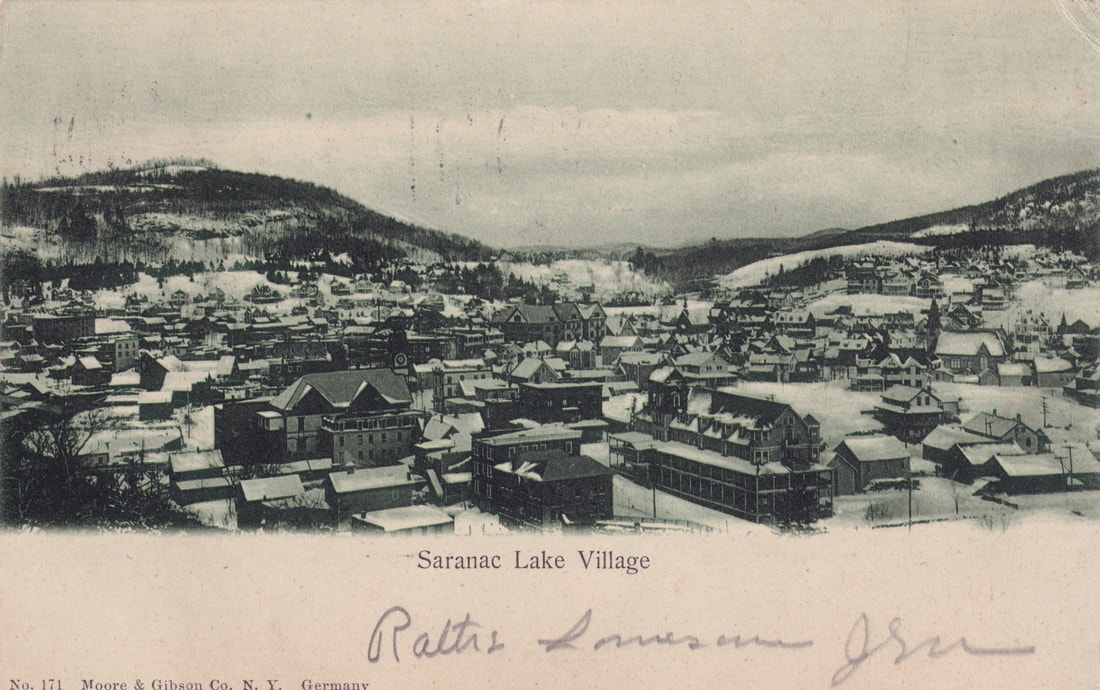
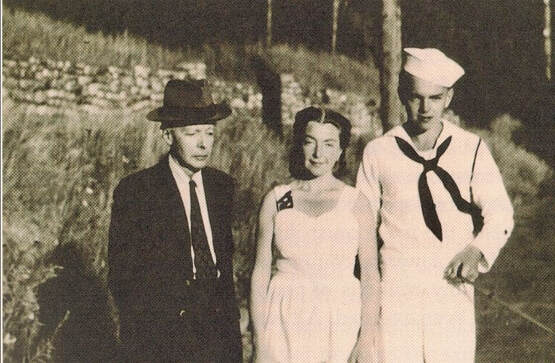
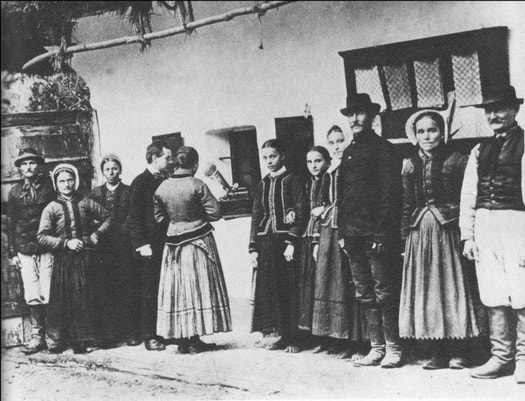
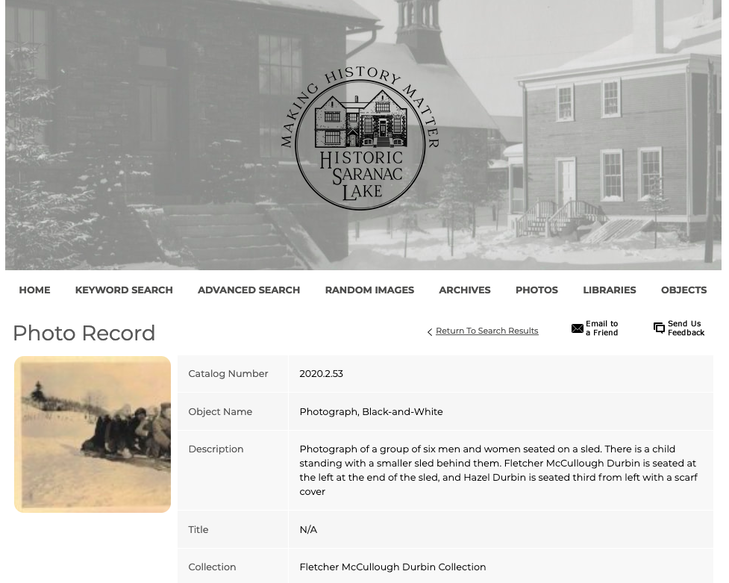
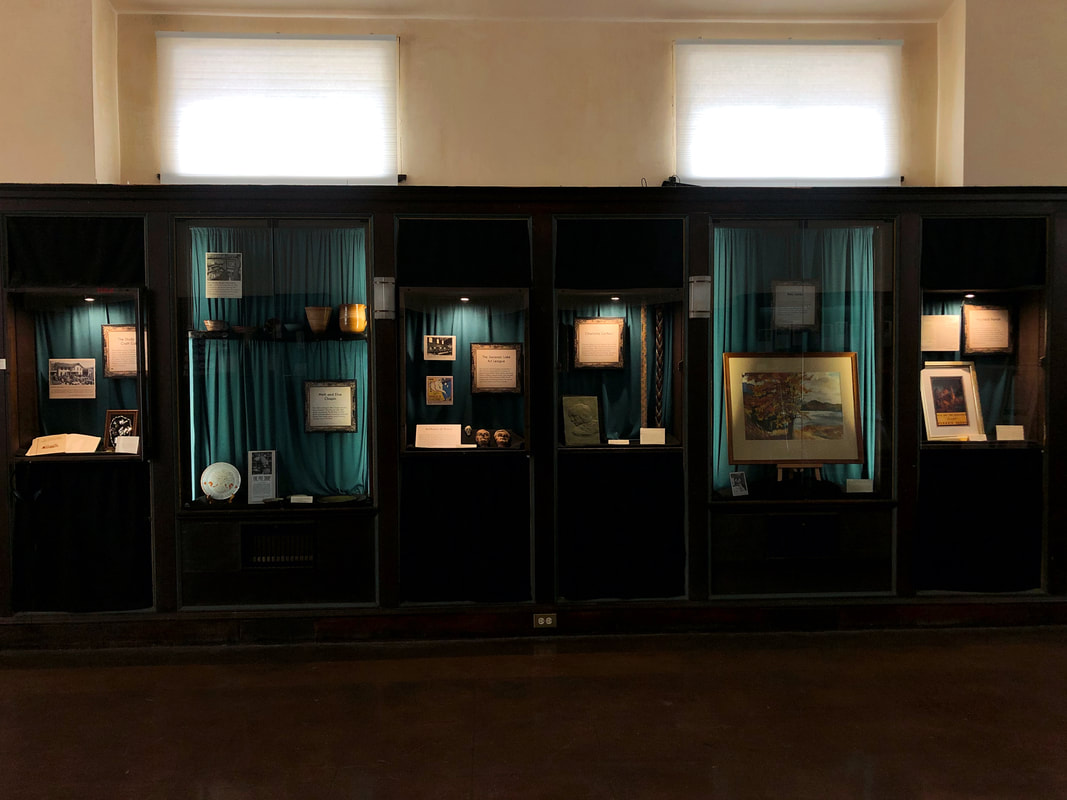
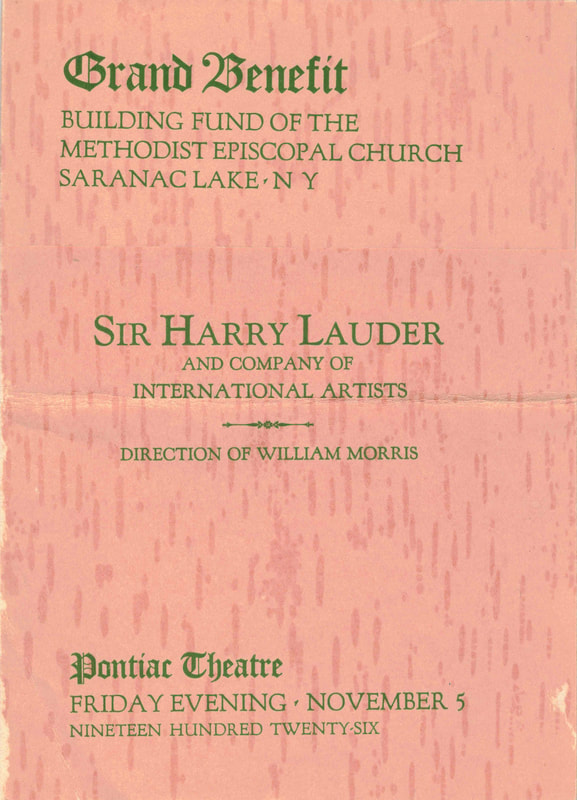
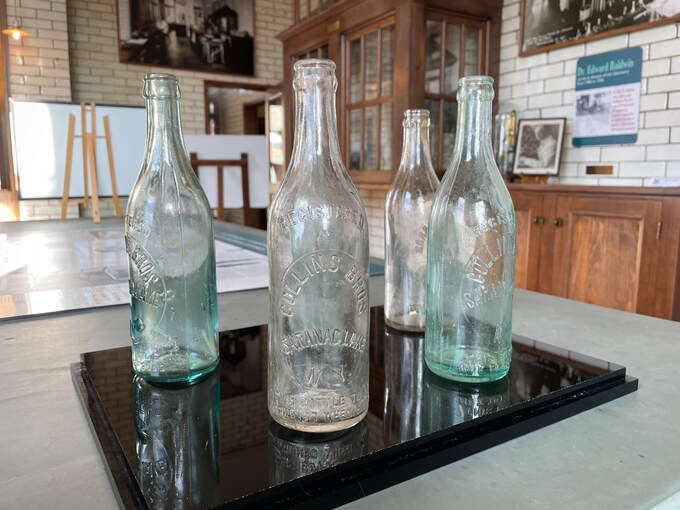
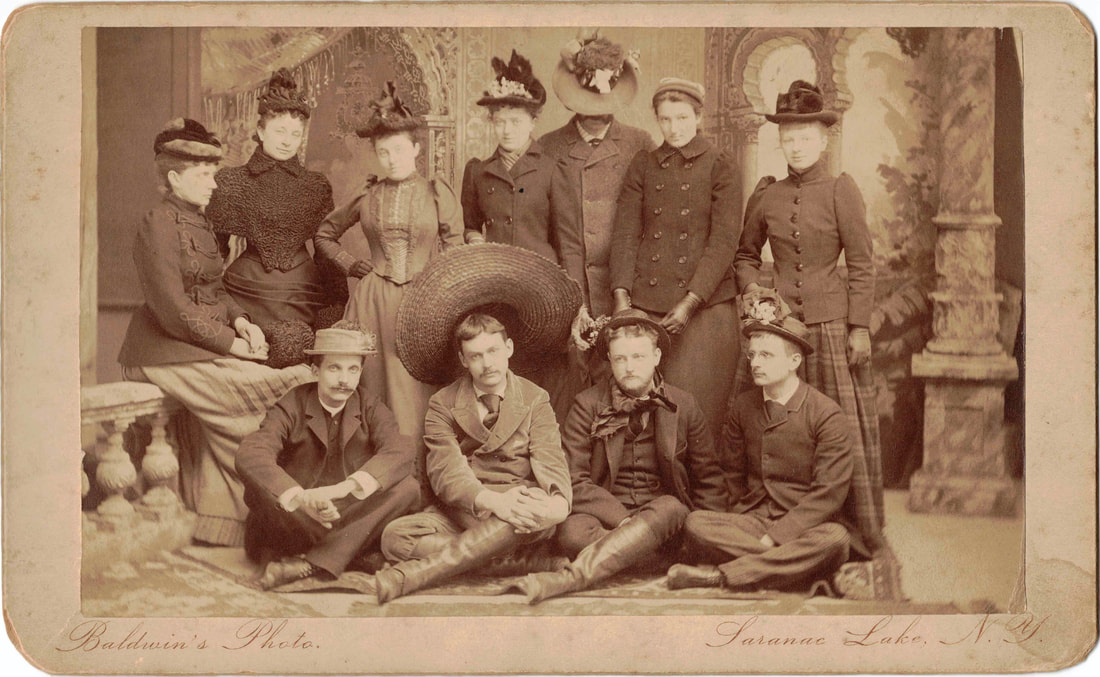
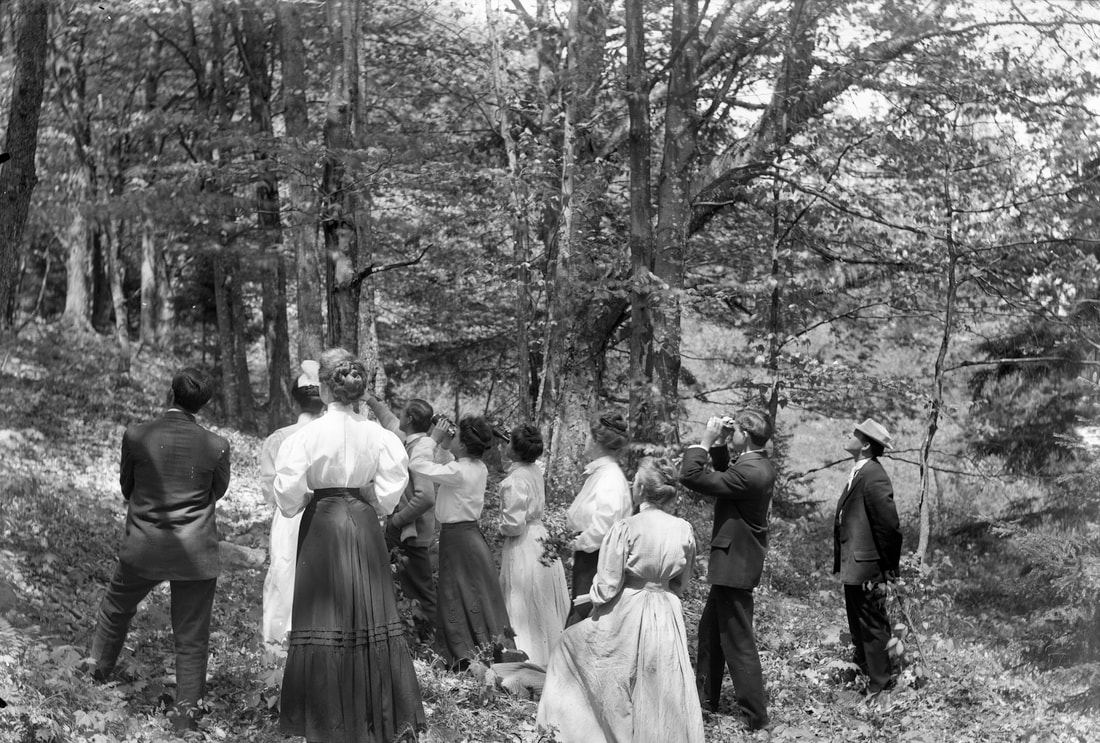
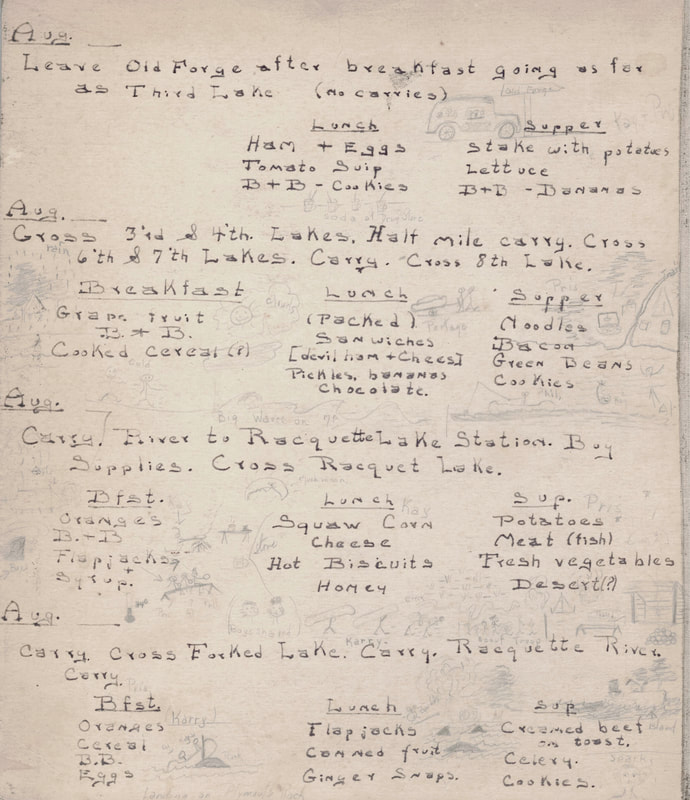
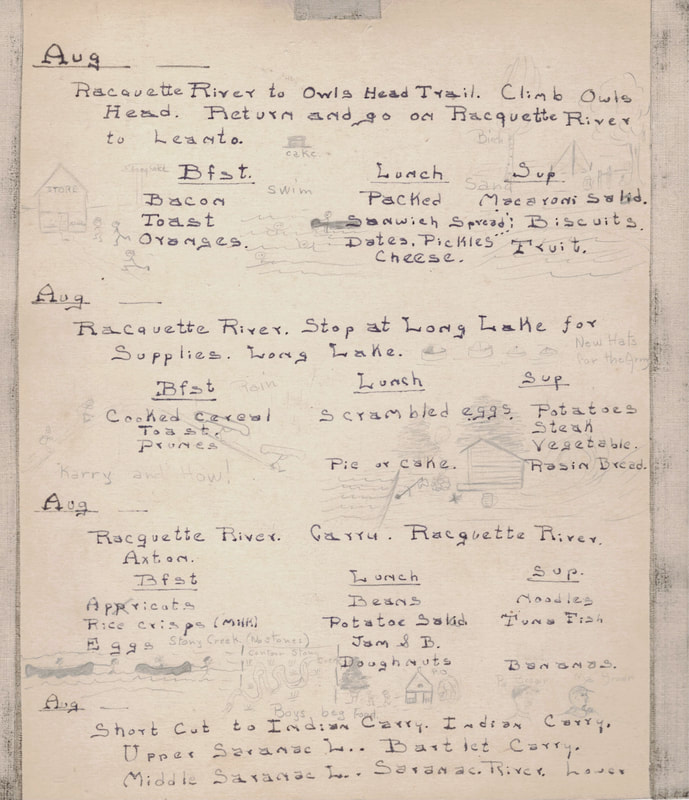
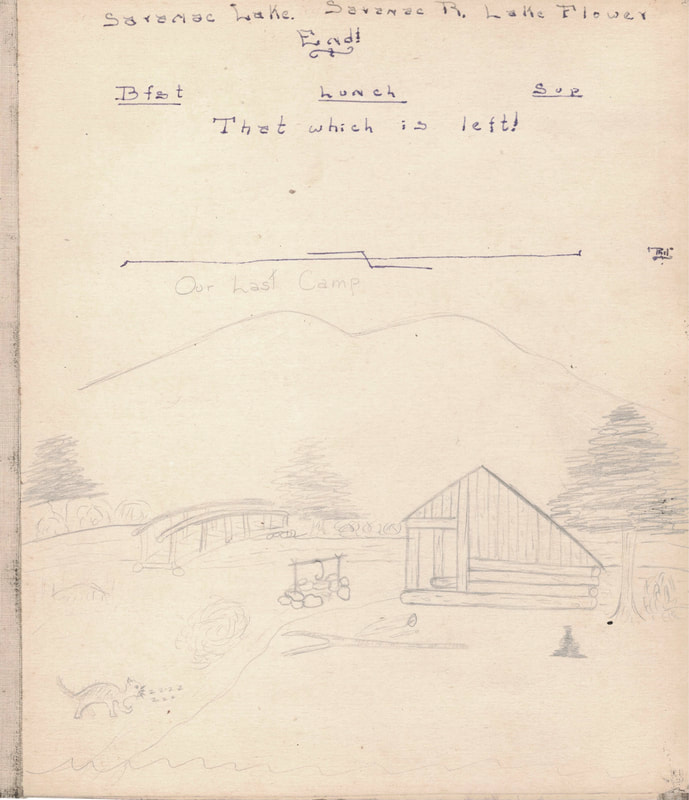
 RSS Feed
RSS Feed